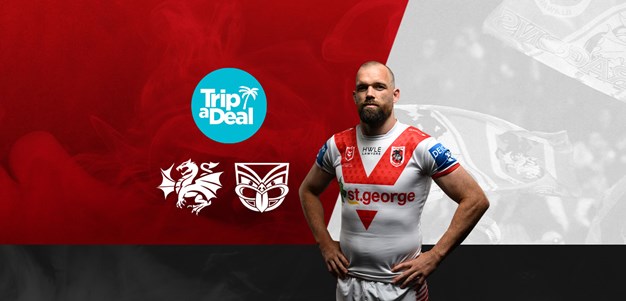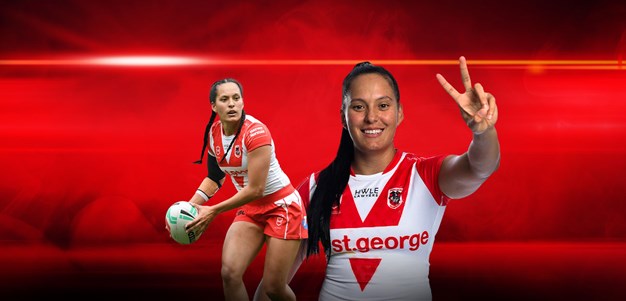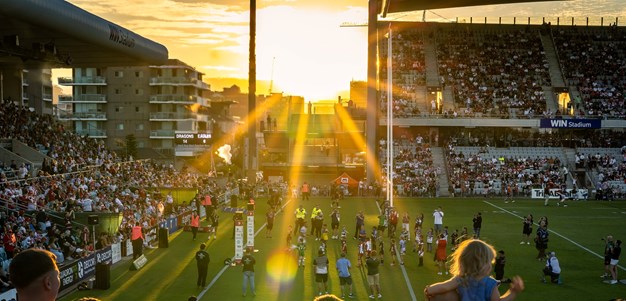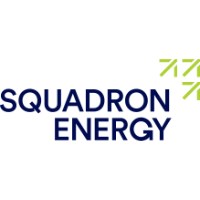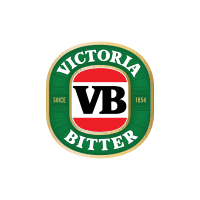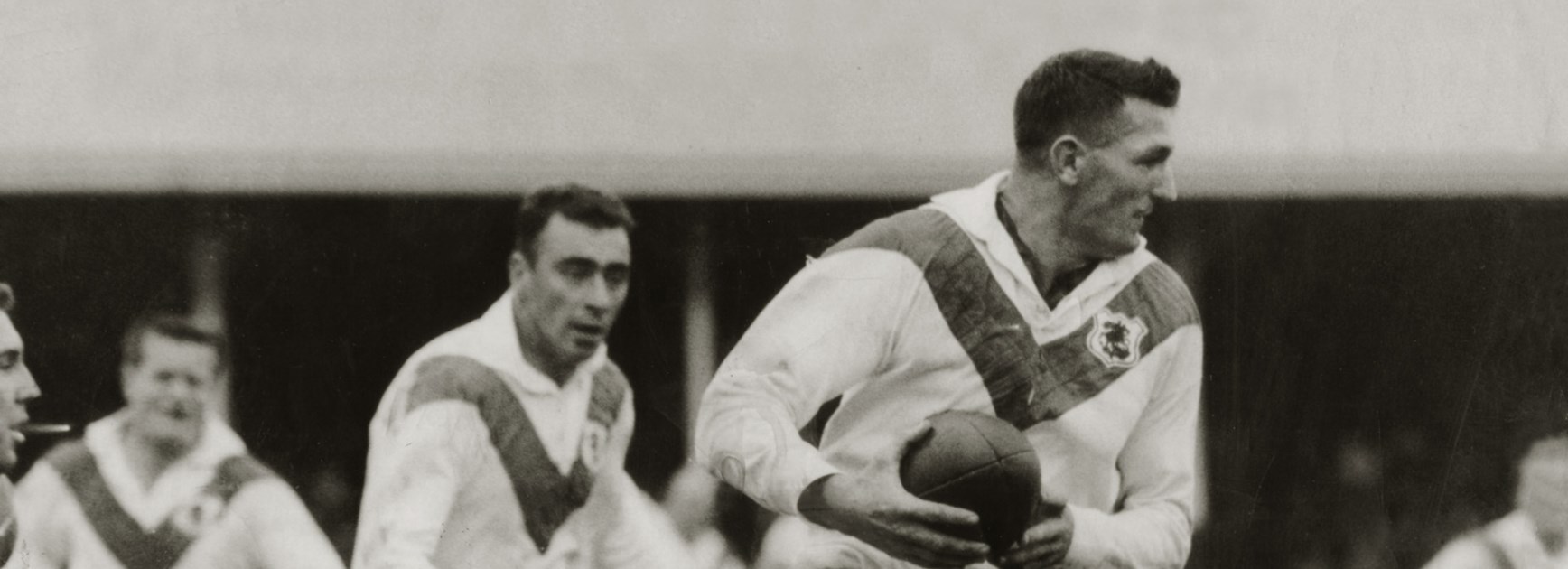
“Who’s that?”
That was the headline above the most iconic image in rugby league when it was first published in the Sun Herald the day after the 1963 grand final at the SCG.
It seems remarkable now but ‘The Gladiators’ photo of victorious St George captain Norm Provan consoling his Western Suburbs counterpart Arthur Summons was on page 3 – not the front page – the day after the Dragons controversial 8-3 triumph.
The game's 13th Immortal passed away on Wednesday, little more than a year after Summons, but the memory of the pair lives on through the Provan-Summons Trophy awarded to the NRL premiership winners.
In a new book, ‘Spirit of the Red V: Vol I’, to commemorate the centenary of St George joining the premiership in 1921, renowned rugby league historian Geoff Armstrong has written about Provan’s impact on the club and the game.
The following extracts detail Provan’s appointment as captain-coach in 1962, the story behind the famous ‘Gladiators’ photo, and his final match in the 1965 grand final, when he led the Dragons to a 10th consecutive premiership before a record SCG crowd.
'Born to lead'
Norm Provan was a different style of coach from Ken Kearney.
As one of the greatest players of his generation and the only man remaining at Kogarah to have played in the previous six grand finals, he commanded great respect.
He and Johnny Raper were regarded as the best trainers at the club; it was not his way to ask anyone to do anything he wouldn’t do himself.
The day the Provan brothers battled it out for a premiership
Raper rated Provan “the greatest rugby league player I played with or against”.
League writer Ian Heads wrote: “Provan was born to lead. His honesty, ambition, will to win, courage, dignity, modesty, pride in his achievement, loyalty and fair play fitted him perfectly for the task”.
Ray Norman, once a Test player and one of the great students of rugby league, said: “There are few players who have been really outstanding in this great game. Norm Provan, with his long raking strides and intelligent, powerful football ranks with the best forwards we have had”.
As an on-field leader, he was Frank Burge-like, a colossus.
The sight of Provan emerging from the dressing rooms under the grandstands at suburban ovals or from the SCG Members Pavilion, his team of champions close behind him, their white-with-a-Red V jerseys resplendent, steel sprigs clattering on the concrete, provided an enduring memory for league fans in the 1960s.
At home they were met with rousing cheers; elsewhere, opposition fans would greet them with a cocktail of boos and derision. IN 1965, journalist Christopher Day called them, “the loved and the idolised, the hated and derided machine”.
The moment the trophy was born: Provan-Summons trophy embrace
'The Gladiators'
Immediately after fulltime, Provan and Summons came together on the SCG mudheap and Summons apparently said words to the effect: “You were lucky to get away with that, ‘Sticks’. You shouldn’t have won it”.
A photographer working for the Sun-Herald, John O’Gready, heard that brief conversation as he snapped a shot of the two great warriors in what seemed a friendly embrace. As he did so, a shaft of sunlight shot through the murky gloom.
Provan told Norm Tasker he couldn’t remember Summons “going crook” about the referee when they came together after the game. He was surprised his rival captain didn’t want to swap jerseys.
“I thought we won fair and square,” Provan said. “I don’t recall feeling that there was any doubt about it as we left the ground.”
A few hours later at the Herald’s offices in the city, O’Gready and pictorial editor Graham Wilkinson went through the photographs O’Gready had taken at the SCG.
In Wilkinson’s view, one stood out: Provan and Summons. Today, it is known simply, universally, as “The Gladiators”.
It would claim international photography awards, be famously cast in bronze as the Winfield Cup and the Premiership Trophy for the National Rugby League, and help make its two protagonists among the best remembered players of their era.
Yet on Sunday, 25 August 1963, the day after the grand final, it was not deemed worthy of the front page.
Instead, the paper’s editor went with a photograph to go with the story of a Friday-night train smash at Geurie, near Dubbo in western NSW, in which 20 people had been injured. “The Gladiators” made page three.
Ask most league fans today the names of the footballers O’Gready had captured so evocatively and, even though, Provan and Summons are caked in mud, they’ll know the answer as a reflex.
Back in August 1963, the heading atop the now iconic photo in the Sun-Herald asked flatly: “Who’s That?”.
St George had won all three grades, the club championship and the pre-season competition. Balmain were premiers in all three grades in 1915 and 1916, as were Souths in 1925, but the club championship wasn’t officially awarded until 1930, so in a sense the Dragons had completed an unprecedent clean sweep.
Saints’ first grade premiership side contained four future Immortals: Norm Provan, Reg Gasnier, John Raper and Graeme Langlands.
Yet for all the achievements of the club in this historic year, there seemed a feeling after the grand final that the team might be in decline.
“I don’t think year’s team was as dominating as those in the past,” said [Wests five-eighth] Keith Holman.
Provan’s departure accentuated this belief.
“I hope he reconsiders his decision to retire,” said John Raper. “Without big ‘Sticks’, St George will be much closer to the field.”
“This will be the end of St George’s run of premierships,” said [Wests winger] Peter Dimond. “Because we won’t have to contend with Provan anymore.”
But Provan wasn’t finished. And neither was St George.
Remembering Immortal Norm Provan
Record crowd farewells Provan
The Sun produced posters - ‘Provan’s Last Match … Special Pictures’ - that hung outside newsagents across the city.
“They’ll be playing for the big fella more than ever,” said [legendary St George secretary] Frank Facer.
There would be no television coverage of the grand final, live or delayed, reflecting the thinking of the officials at the NSW Rugby League, all of whom had been involved in the game for many years and who firmly believed that TV would stifle crowd numbers.
This meant that Sydneysiders could watch the local rugby union grand final between Randwick and Northern Suburbs or the Essendon-St Kilda Victorian Football League grand final from Melbourne live in their homes but not the biggest game of the year in their No.1 football code.
Channel 7s sporting director Rex Mossop did interview both coaches, Provan and South Sydney’s Bernie Purcell, on the night before the game, at 10pm after the Friday night movie.
Whilst this was happening, out at the SCG, hundreds of fans were setting up camp for the night, to ensure they would be among the first into the ground when the gates opened at 11am. Saints were in all three grades as they had been in 1958, 1963 and 1964.
The main roads to the ground were bumper-to-bumper and the car parks were full at 11.30am. Players tell stories of having to park miles away and then making a dash through the throng to make it in time.
Brian Clay carried his young son on his shoulders across Moore Park. When Bob McCarthy rushed into the Souths dressing room with minutes to spare, he breathlessly told Purcell he had warmed up already.
“I reckon there had to be 200,000 there, not 80,000,” said Billy Smith.
Everyone agreed that the official crowd figure [78,056] underestimated the true attendance.
Afterwards, Provan would say of the match itself: “It went rather like I thought it would. Our experience, our defence and our teamwork were sufficiently superior on the day”.
He’d decided to keep the game tight, confident that the Dragons forwards had it over their younger opponents.
At fulltime, the fans poured onto the field to celebrate Saints’ tenth straight premiership.
'Spirit of the Red V: Volume I', by Geoff Armstrong, is available now.
